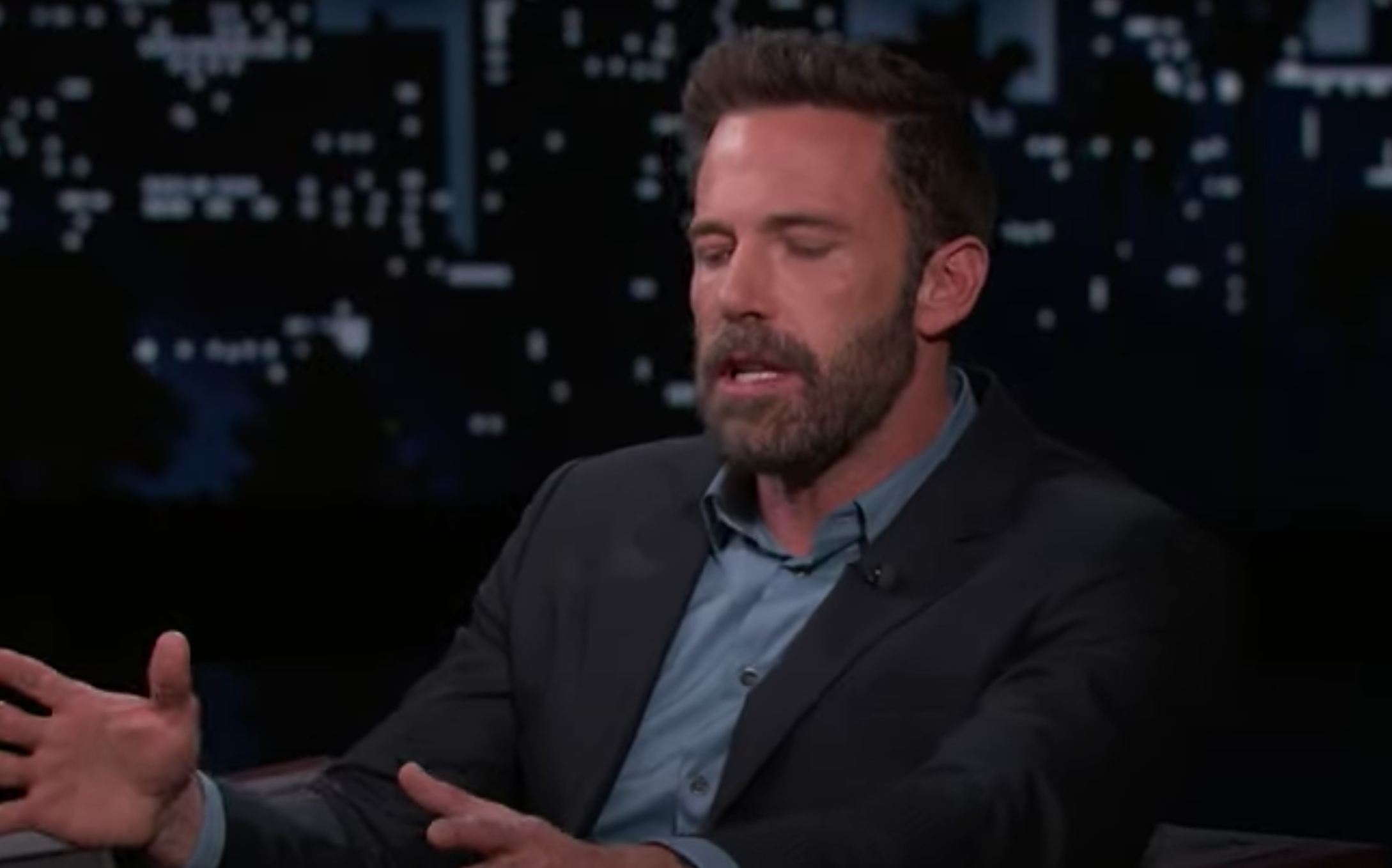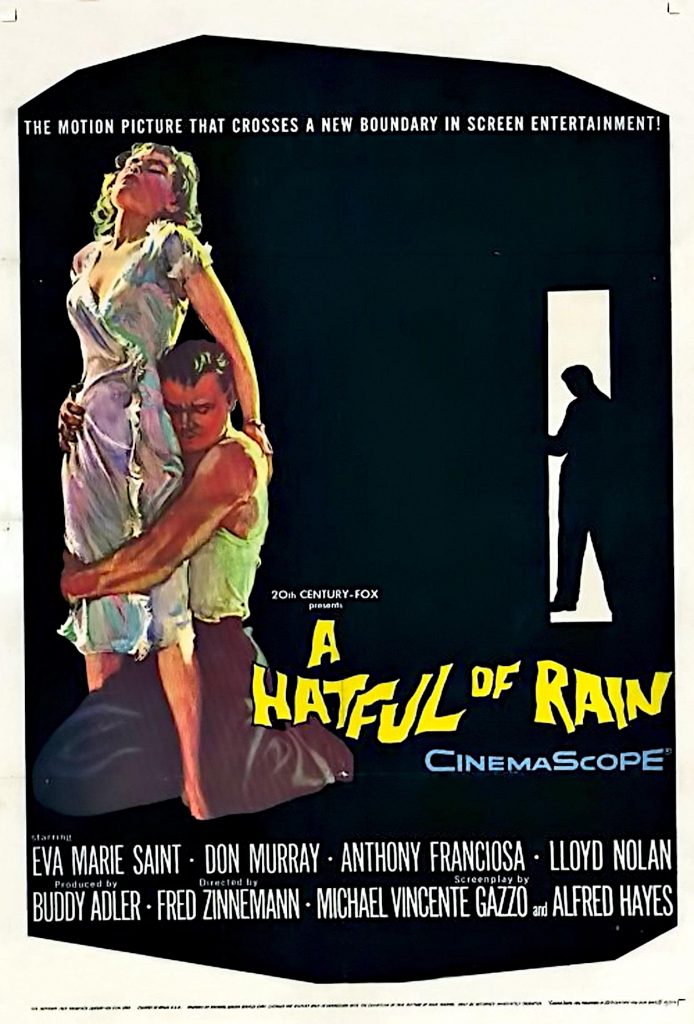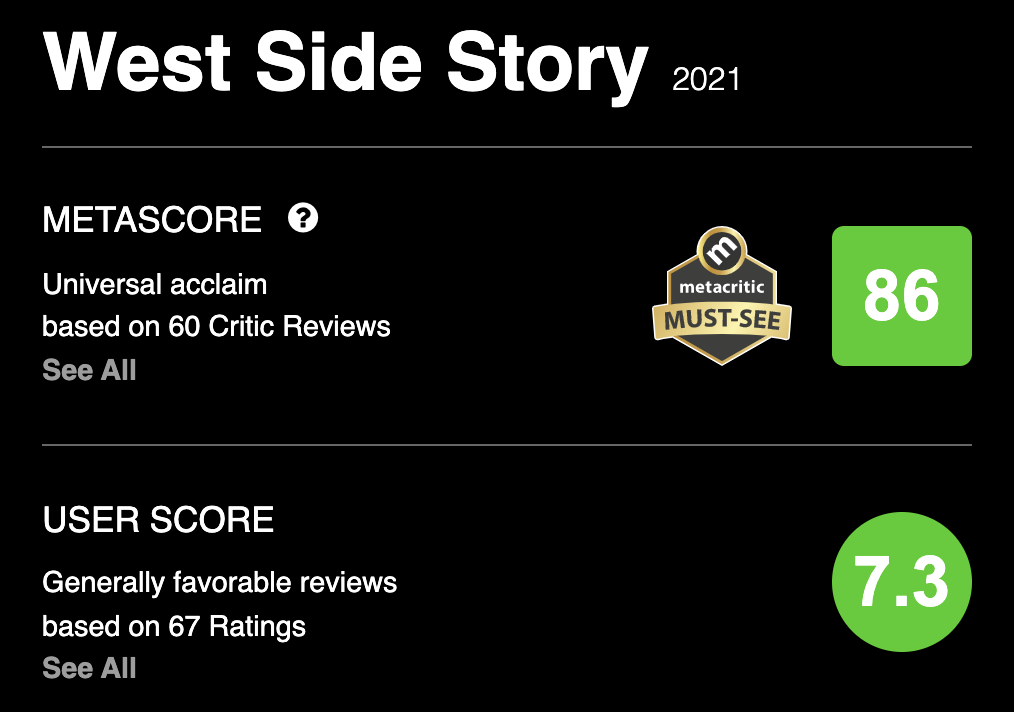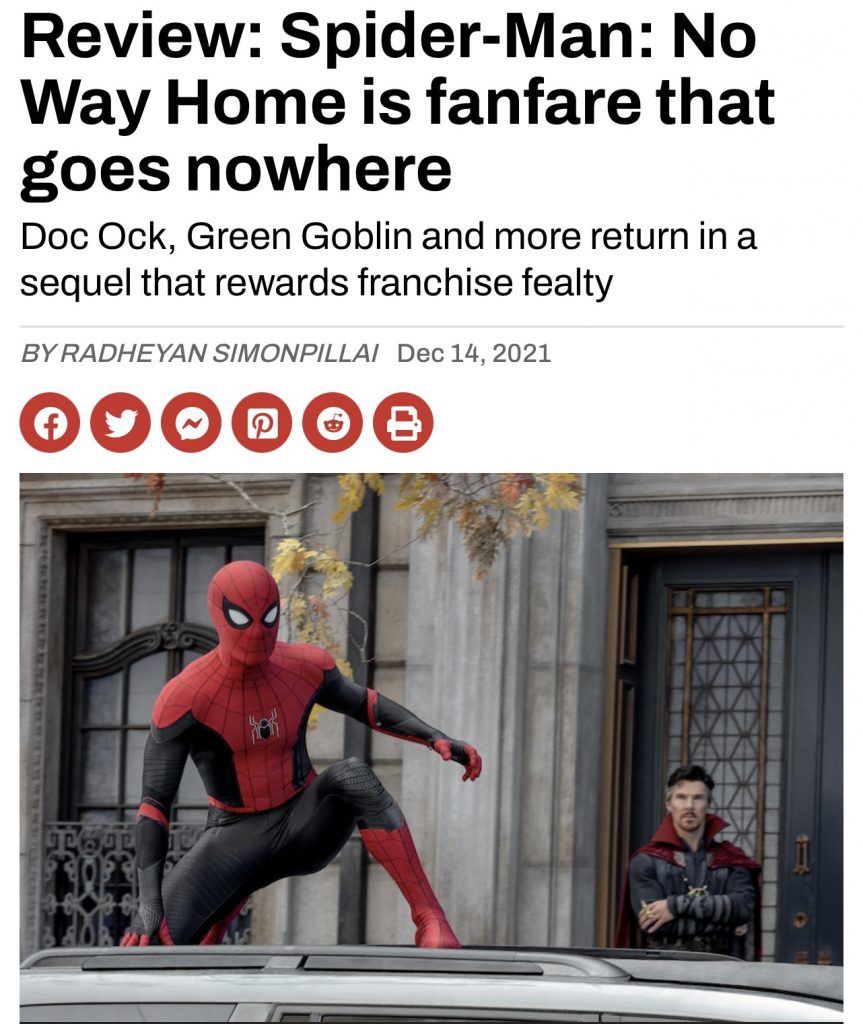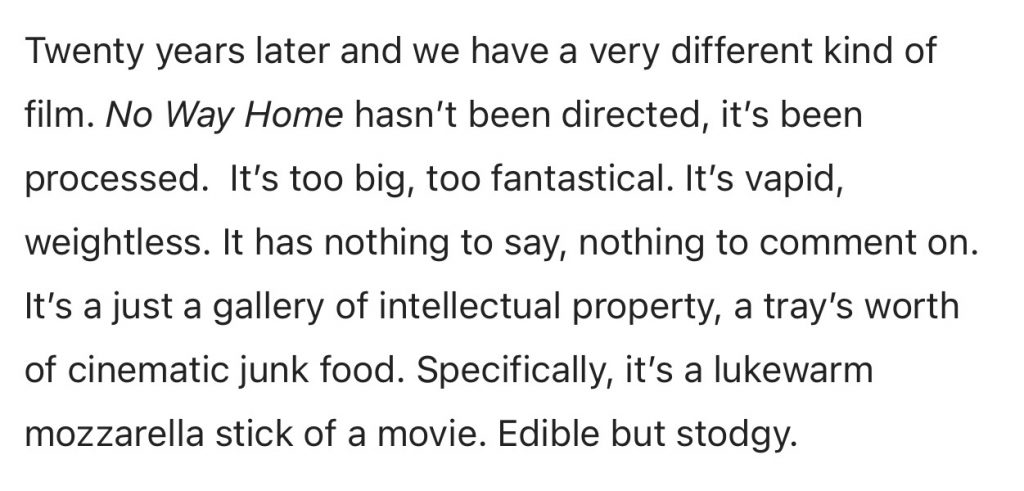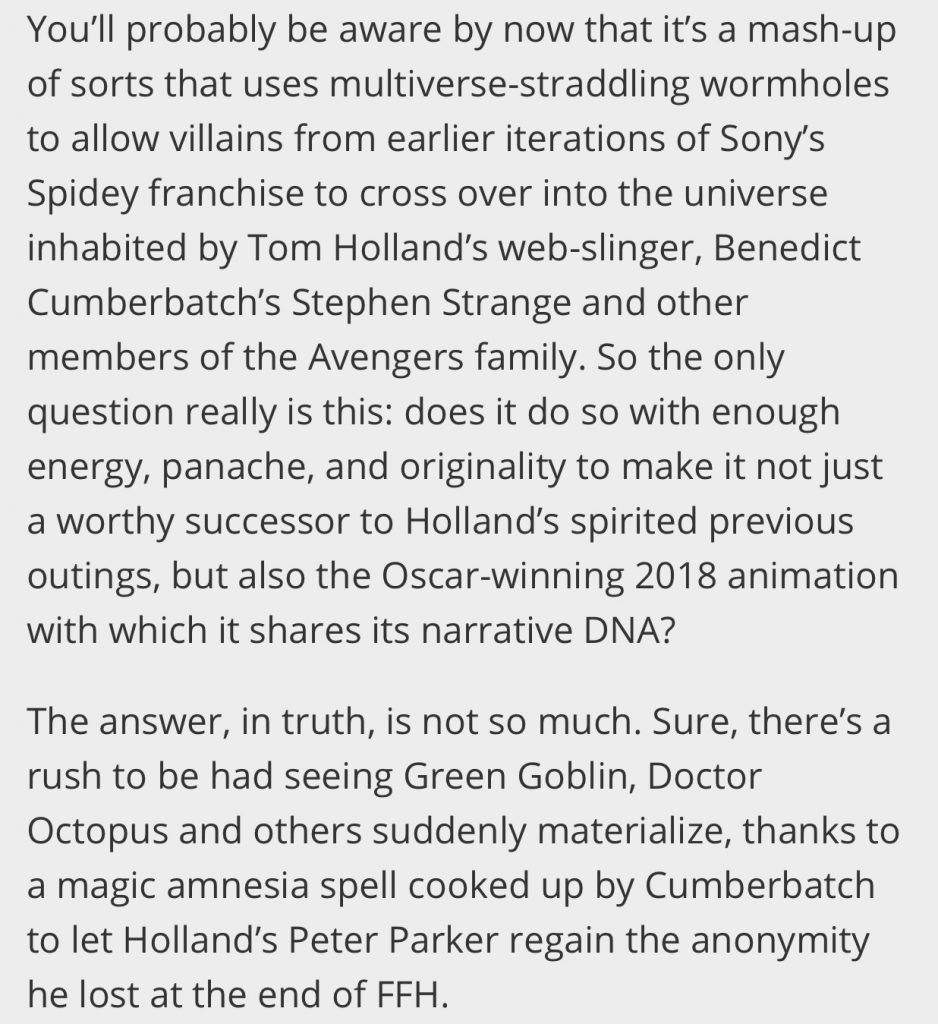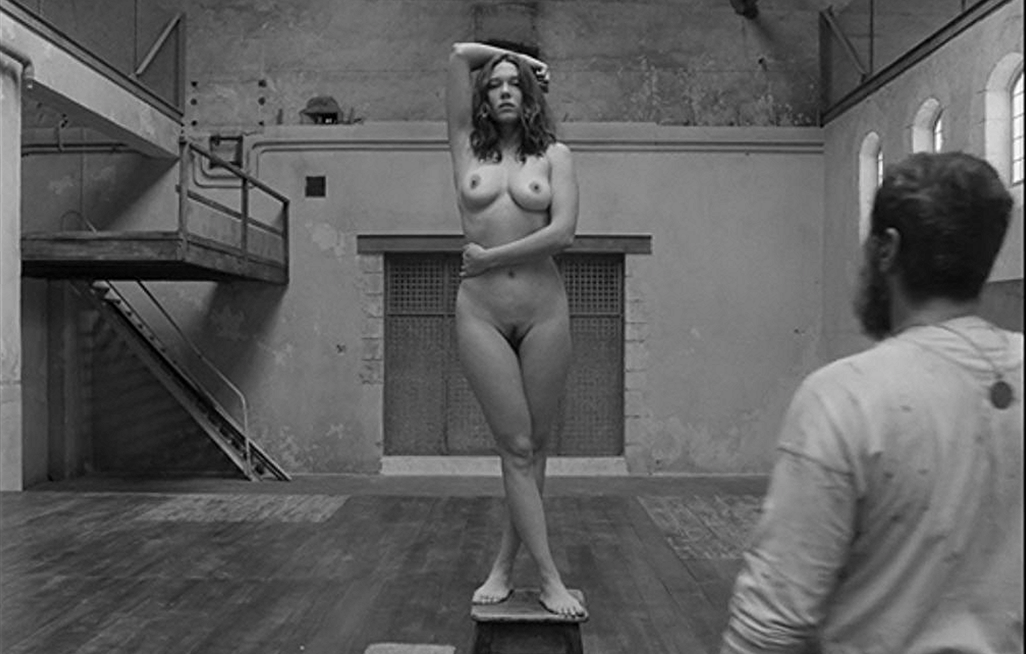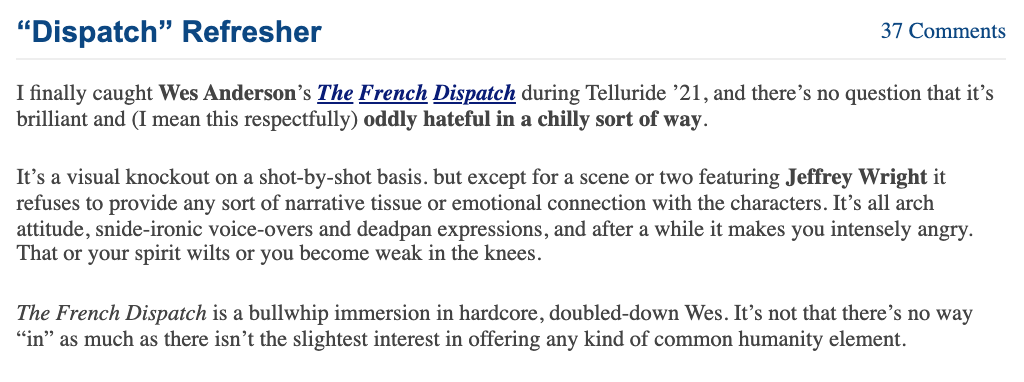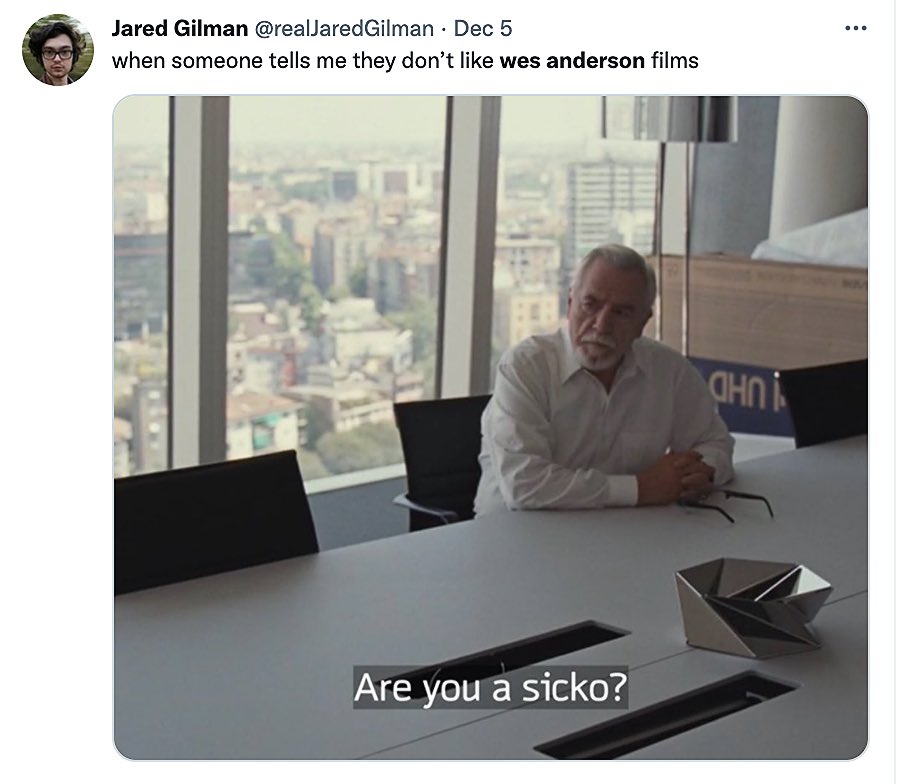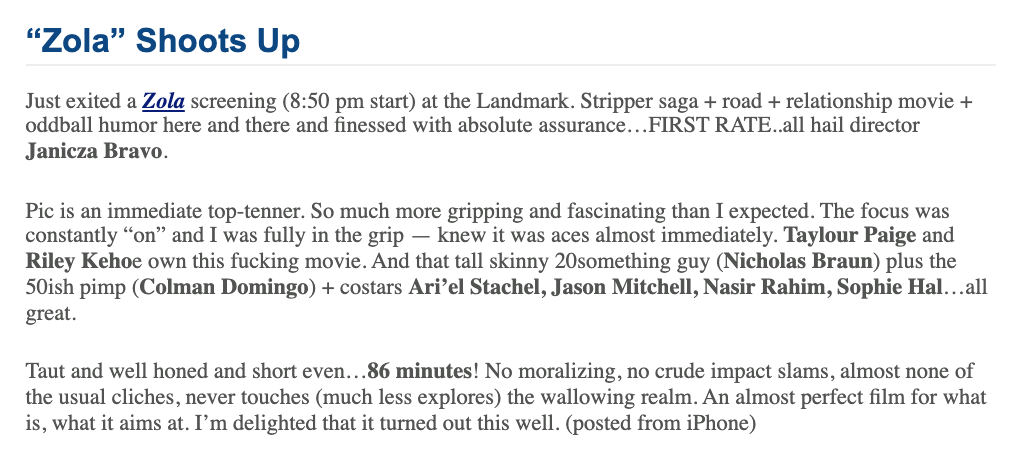Last night Ben Affleck told Jimmy Kimmel that his reported remarks to Howard Stern about supposed links between his alcoholism and his waning marriage to Jennifer Garner, which sounded to a lot of people like “Jennifer made me an alcoholic,” were taken out of context and turned into toxic click-bait by voracious online rewriters.
Affleck did reportedly say that he and Garner “probably would’ve ended up at each other’s throats,” and if they hadn’t divorced “I probably still would’ve been drinking…part of why I started drinking was because I [felt] trapped…I was like, ‘I can’t leave because of my kids, but I’m not happy, what do I do?’ And what I did was [I] drank a bottle of scotch and fell asleep on the couch, which turned out not to be the solution.”
There was certainly more to their marriage than just this awkward summary.
Two thoughts:
(a) A “bad” or unfulfilling relationship (sexual boredom? constant conflicts over values and lifestyle issues? feelings of being intellectually stifled or constantly misunderstood or challenged?) can result in a repeating, no-way-out negative dynamic, and that can make a husband or a wife feel trapped. A couple can sometimes gradually work through this stuff; other times it’s hopeless. Anyone who’s been married knows what I’m talking about.
(b) Imagine if Garner had been the one who succumbed to alcoholism and sought a divorce while agreeing to joint custody, and who later said to Howard Stern the same things that Affleck said. Imagine if she’d said “I really wasn’t happy and every day was an ordeal, and yet there I was, stuck in a bad marriage, and I had to figure some way out of it…if I’d stayed with Ben I probably would’ve remained an alcoholic.” No one in the twitterverse or on The View or anywhere else would’ve trashed Garner like Affleck got trashed yesterday. Because the media always turns a blind eye when a woman admits to some kind of selfish behavior or failing, because if they don’t cut her a break or rush to her defense they’re probably sexist pigs under the skin. But if an older guy (white or BIPOC) admits to some selfish failing the media always chimes in with “look, a suspected asshole just admitted he’s an asshole!”

